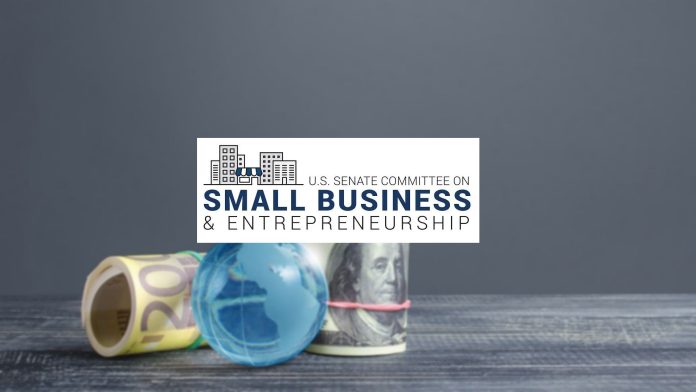The Small Business Administration (SBA) has taken a significant step by pausing a controversial lending program, which could have major implications for small business owners across the nation. The Community Advantage Small Business Lending Company (SBLC) program, initiated during the Biden administration, aimed to provide taxpayer-backed 7(a) loans but has been criticized for its riskier underwriting practices.
Senator Joni Ernst (R-Iowa), chair of the Senate Committee on Small Business and Entrepreneurship, expressed her approval of this decision in a recent statement, highlighting the program’s troubling track record. “SBA lending programs should be purely based on economic viability,” she said, noting the program garnered a 7% default rate over the past year—more than double that of the overall 7(a) loan portfolio.
This pivot comes on the heels of Ernst’s discussions with SBA Administrator Kelly Loeffler, wherein they addressed the need to restore fiscal discipline within the agency’s flagship lending program. The response to the Community Advantage program reflects broader concerns regarding the management of SBA loan programs during the previous administration, raising questions for small business owners looking for reliable funding sources.
For small business owners, the decision to pause this program offers both opportunities and challenges. On one hand, it signals a potential return to a more stable and economically sound lending environment. Many small businesses may have previously felt alienated by a lending process that prioritized broader access over financial prudence. With the rollback of Community Advantage, business owners might find it easier to secure loans under more stringent, yet fairer, criteria focused on their financial health.
Ernst’s commitment to ensuring that taxpayer dollars are used responsibly will likely resonate with those who might have had reservations regarding the fiscal implications of high default rates. By emphasizing responsible lending, the SBA can help foster an environment where reliable businesses receive support rather than those taken on at dangerous levels of risk.
However, the shift may not come without its challenges. The SBLC program was originally intended to help underserved markets access funding through mission-driven lenders. Small business owners in these sectors could find themselves at a disadvantage if more cautious lending practices result in tighter access to capital. Should the SBA implement more stringent measures to prevent risk, it may inadvertently marginalize certain businesses that have previously benefited from innovative lending solutions.
Furthermore, as the SBA reassesses its lending strategies, small business owners may experience delays or complications in securing necessary funds, particularly in the midst of economic uncertainties. Small firms often operate on thin margins and depend on quick access to capital to seize growth opportunities.
The decision to pause the Community Advantage program also embodies broader discussions around federal lending. Ernst’s critical view of the administration’s previous policies serves as a reminder of the delicate balance between encouraging innovation in lending and ensuring fiscal discipline. Business owners must remain vigilant as these policies evolve, staying informed about how changes may directly impact their access to funding.
Ultimately, small business owners can look ahead with cautious optimism. The SBA’s recent announcement could signal a renewed focus on supporting economically viable businesses, which might translate into more consistent and reliable lending practices. As further developments unfold, owners are encouraged to explore their options and engage proactively with lenders who prioritize fiscal responsibility.
For more details on this story, visit the original report here.
Image Via Envato: iLixe48



